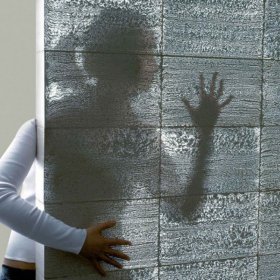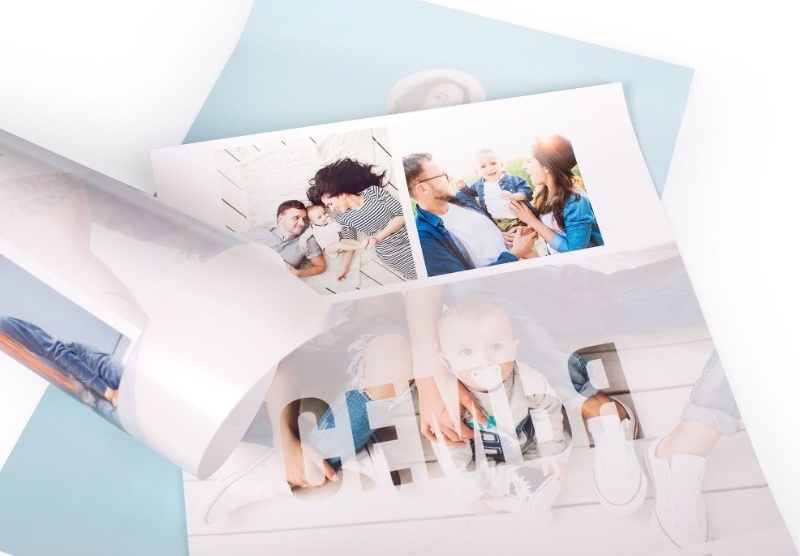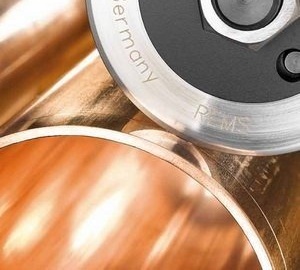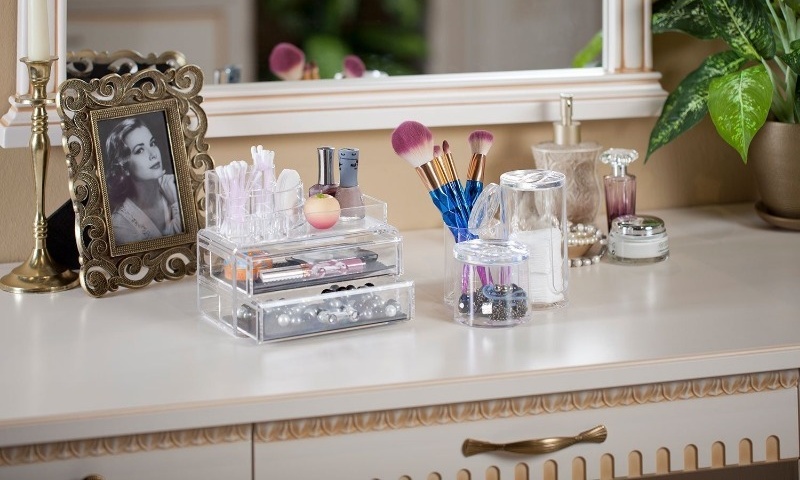The 5 most unusual types of building concrete that help charge electric cars, green buildings and improve the environment

Unbreakable building concrete began to be used in the VI century BC, until now archaeologists have found floors from a thick layer containing sand, gravel and red clay. The current development of scientists in the field of varieties of concrete went far ahead. The material absorbs carbon dioxide, transmits and filters rays, absorbs moisture, stretches and serves as soil for small plants.
Carbon dioxide absorbing
Scientists at the University of California received an innovative material from carbon dioxide, which is very similar in properties to ordinary concrete. For production, waste is used, usually emitted by power plants into the atmosphere. This concrete is called CO2NCRETE, a variety that is cheaper, stronger and cleaner than ordinary material.
With the release of familiar concrete, CO2 is released into the air of the planet. A new type of material (popularly referred to as green) helps to utilize carbon dioxide, thereby improving the environmental situation on the planet. The building area is about 100 thousand square meters. m absorbs the amount of carbon dioxide, which is processed 800 hectares of forest per calendar year.
Allowing to grow plants
The houses, whose walls are twined with plants, look beautiful, but the roots destroy the masonry, penetrating deep into the cracks. Biological concrete has been developed, the composition of which allows plants to be grown on their surface without harm to fences. The concrete contains magnesium phosphate, which serves as a nutrient to plants.
Eco-concrete allows you to grow mosses, mushrooms and lichens on it, as well as other plants of a primitive type. For the organization of the plant layer requires three times the application of concrete. The bottom provides water resistance, moisture is retained in the middle layer, and the top serves as a kind of waterproofing. The technology allows you to build vertical gardens on the walls that do not require maintenance in the form of moisture.
Water absorbent
Water-absorbing concrete absorbs up to 4 thousand liters, remaining dry after heavy rain. Thanks to the unique production technology, water seeps in and settles at the bottom of the coating.
Concrete pavement is characterized by the complete absence of puddles and water flows that complicate traffic. Drainage pipes are included in the construction of the road so that the water that leaks down goes into the sewer. The coating is easily cooled by water when heated from the sun and hot air.
Stretchable
Under load, the concrete beam bends, and stresses occur in the lower part, the crossbar cracks and collapses. In a reinforced concrete structure, the reinforcement assumes the load, preventing cracking.
Cracking can be prevented in another way - the concrete beam is strongly pulled together so that the compressive force exceeds the tensile stress that occurs under load. Pipes are laid in the formwork of the lower part of the crossbar.
In longitudinal elements, cables made of high-strength steel wire are pulled. The metal ropes remain free until the beam has hardened. After the solution has set, the cables are stretched and fixed. It turns out the compressive stress inside the concrete beam.
Cement mortar is poured inside the pipes with cables, the material protects the steel ropes from corrosion and fixes them. A beam of this design does not crack under load. The technique is used to build strong bridges. Pre-stressed concrete beams are lighter and thinner than reinforced concrete.
Transmissive light
The innovative material is light-conducting concrete (it is called litracon). The Hungarian architect Aron Loshontsi invented and patented this material. Litracon becomes partially translucent when exposed to natural or artificial rays. Quality is achieved by adding optical fiber to the composition, the concentration of which is only 5% by weight. Litrakon is not inferior in strength and other technical characteristics to the usual variety of concrete, therefore it is used in construction without restrictions.
In terms of transparency, Litracon can be compared to bottles of thick colored glass. The surfaces of the panels made of concrete blocks can be polished to a mirror shine, which gives the coating originality. It does not apply additives, additional layers or materials.
Buildings related to art, such as art cafes, private galleries and museums, are being built from light-transmitting concrete. Partitions made of material are used in productions of the theater of shadows. Due to its high cost, it is rarely used in conventional construction. Litrakon looks good in the interior when decorating floors and walls of interior spaces.
The surface of the floor is highlighted with lamps located under it, which gives the room volume and airiness, the interior visually changes depending on the time of day. Material in the future will supersede structures made of thick translucent glasses. Another application would be a roadway with solar panels placed beneath it. The innovation will allow electric cars to recharge from them, and the city will receive additional environmentally friendly electricity.


